Description
The Danshiki, commonly known as Dashiki, is a colorful and vibrant traditional garment originating from West Africa. It is particularly popular among the Yoruba people of Nigeria, but it has also gained widespread recognition and adoption across Africa and the African diaspora. The Danshiki is known for its comfortable fit and bold designs, making it a versatile piece for various occasions.
Features of the Danshiki:
- Design and Structure:
- The Danshiki is a loose-fitting, pullover shirt that typically extends to the thighs or hips. Its relaxed fit ensures comfort and ease of movement.
- It features a V-shaped neckline, often adorned with intricate embroidery or decorative stitching, which is a hallmark of the garment.
- Fabric:
- The Danshiki is made from a variety of fabrics, including cotton, silk, and synthetic blends. Cotton is the most common due to its breathability and comfort in hot climates.
- The fabric is often printed with vibrant colors and patterns, including geometric shapes, floral designs, and traditional African motifs.
- Patterns and Colors:
- The Danshiki is known for its bold and colorful patterns, which can include a wide range of hues such as red, blue, green, yellow, and more. These patterns often hold cultural significance and are reflective of African artistry and symbolism.
- The patterns are usually concentrated around the neckline, chest, and hem, creating a striking visual impact.
- Variants:
- Full-Length Danshiki: Some Danshikis are designed as full-length garments, resembling a tunic or a kaftan. These are typically worn for more formal occasions.
- Short Danshiki: The standard Danshiki ends around the thighs or hips, making it suitable for both casual and semi-formal settings.
Cultural Significance:
- Symbol of Heritage:
- The Danshiki is a symbol of African pride and cultural heritage. It is often worn during cultural festivals, ceremonies, and celebrations to showcase African identity and traditions.
- Versatile Wear:
- While traditionally worn for special occasions, the Danshiki has also become a fashionable everyday garment. Its comfortable fit and eye-catching designs make it suitable for various settings, from casual outings to formal events.
- Global Influence:
- The Danshiki has transcended African borders and has been embraced by the African diaspora worldwide. It has become a symbol of cultural pride and solidarity among people of African descent.
Styling the Danshiki:
- Bottom Wear:
- The Danshiki can be paired with a variety of bottoms, including trousers, jeans, or traditional African pants. For a more formal look, it can be worn with matching pants made from the same fabric.
- Accessories:
- Accessories such as beaded necklaces, bracelets, and traditional hats can complement the Danshiki, adding to its cultural appeal.
- Sandals or traditional African footwear often complete the ensemble, especially for cultural events.
- Layering:
- In cooler weather, the Danshiki can be layered with a jacket or worn over a long-sleeve shirt for added warmth and style.
The Danshiki is a vibrant and versatile garment that embodies the spirit and culture of West Africa. Its bold patterns, comfortable fit, and cultural significance make it a cherished piece of attire for many, reflecting the rich traditions and artistic heritage of African communities.

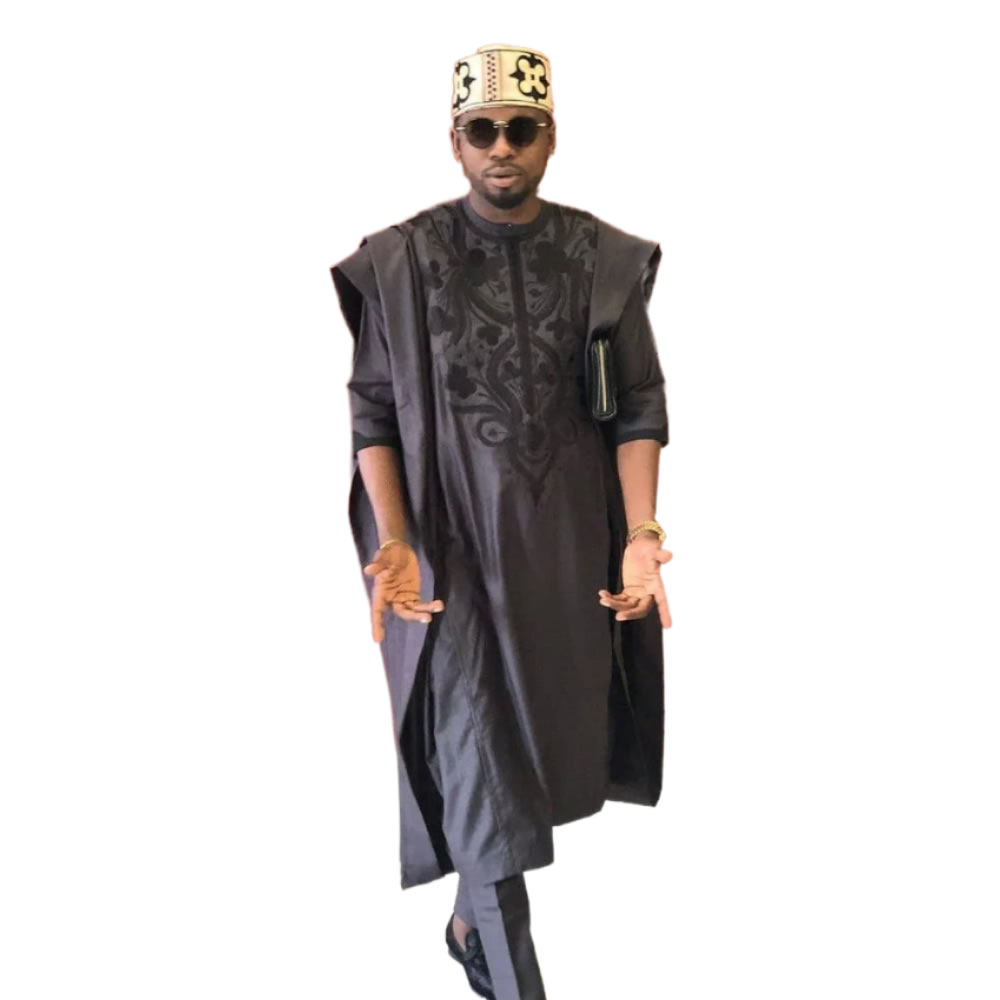

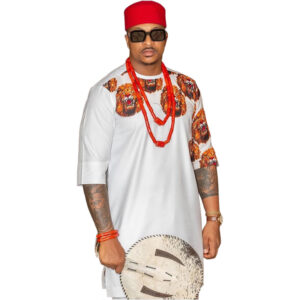
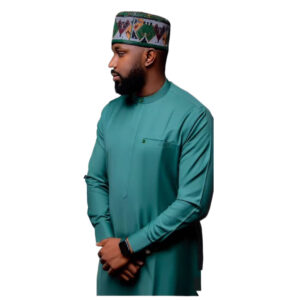
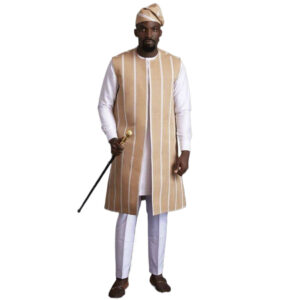
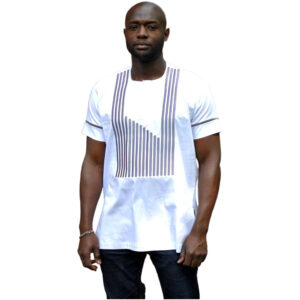
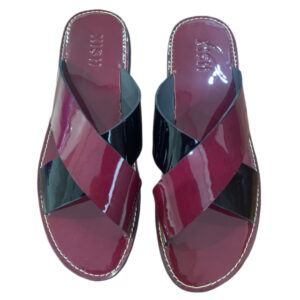
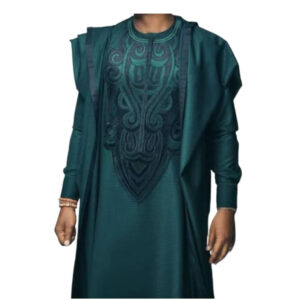
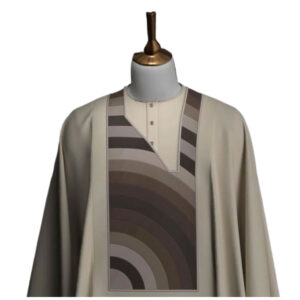
Reviews
There are no reviews yet.